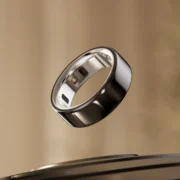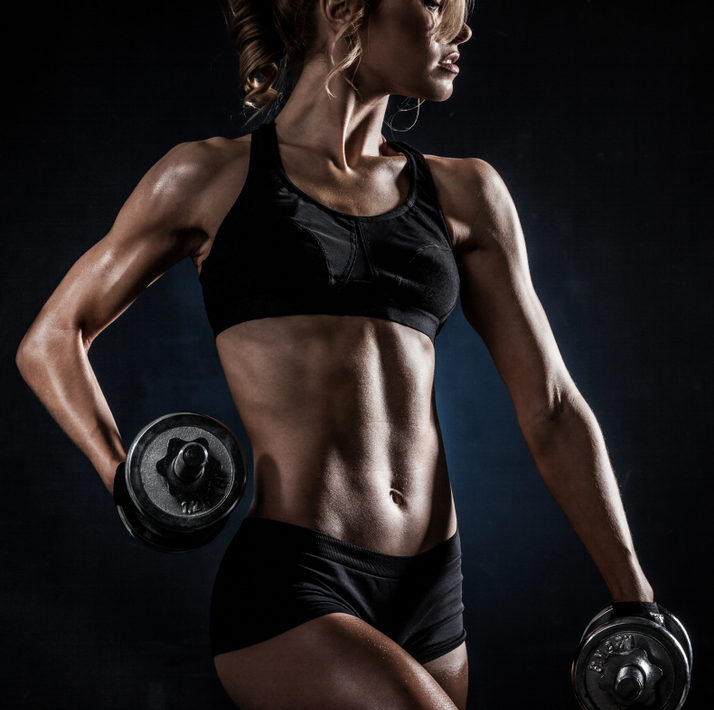The Stack: What Tech Is in Your Gym Bag?
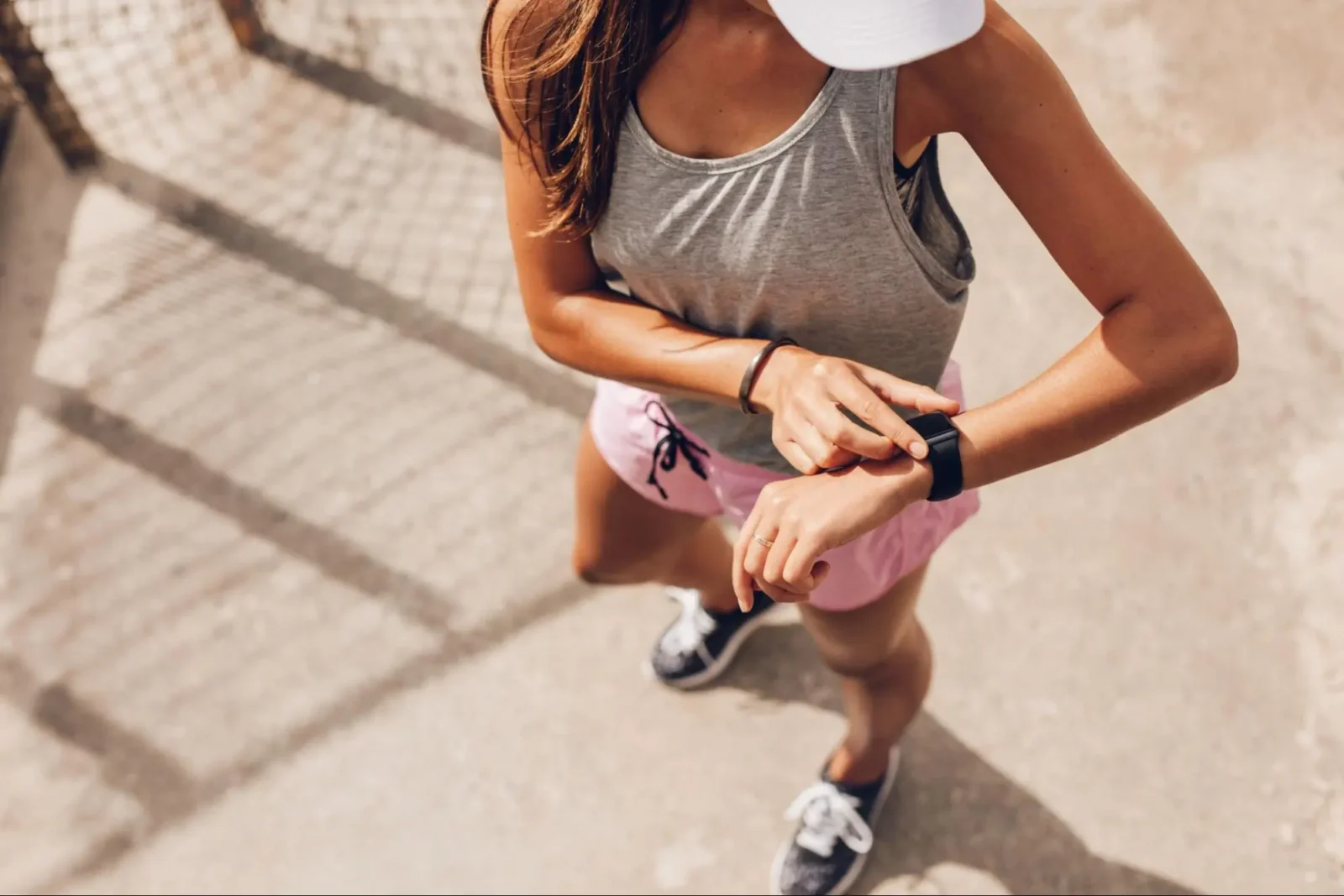
ATN explores the types of tech fitness industry professionals and enthusiasts are using to level up their workouts and recovery
This story is part of “The Stack,” a weekly column that takes a deep dive into the ways tech companies are shaping the future of fitness and wellness
The pace of technology and fitness innovation growth continues at a rapid clip. New apps, devices and advanced equipment hit the market nearly every week. It’s hard to keep up, and there are lots of questions, such as: What works best? What do I actually need? And, how do I choose what’s right for me?
To answer these questions, I reached out to fitness enthusiasts and industry professionals to see what’s on their phone and in their gym bag.
Wendy Toth, a content creator who works at Wild Society Nutrition, told me she has “a varied fitness routine that’s centered on injury prevention and uses one tracking watch to manage it all — the Garmin Venu (I have the Venu Sq right now).” Although discontinued (in favor of the Venu 3), this smartwatch model offers health and wellness monitoring that is easily used and includes 20 preloaded sports apps.
Toth, who is 43 and has two kids, said that “while I was a long-distance runner in the past, I have had to be careful with my low back and knees since having them. My varied routine is designed to allow me to run regularly, well into old age.”
She uses: Burn Bootcamp (two times per week) to track heart rate and calories burned; Yoga at YogaSix (power mode once per week) to track heart rate and calories burned; and she also does the Jeff Galloway run/walk/run program twice per week.
“I manage the program using the ‘workouts’ feature in the Garmin Connect App,” she said. “It allows you to track a ton of different workout types, including strength training and yoga.”

Phillip Solomon, a NASM trainer and Barry’s instructor, best known from NBC’s “Deal or No Deal Island,” told me he currently has three pieces of technology that assist him in his day-to-day training.
“First, my Apple Watch gets me through the day, because, honestly, sometimes I need a little digital cheerleader on my wrist,” he explained. “The Apple Watch doesn’t just count my steps, it holds me accountable, reminds me to breathe, and it lets me celebrate the small wins.”
“I love seeing those rings close, not because I’m obsessed with numbers, but because it turns movement into momentum,” he added. “It’s like, ‘Hey, you showed up today, hit your goals, and that matters.’ And honestly? The ‘stand’ reminder has saved me from way too many deep scroll holes.”
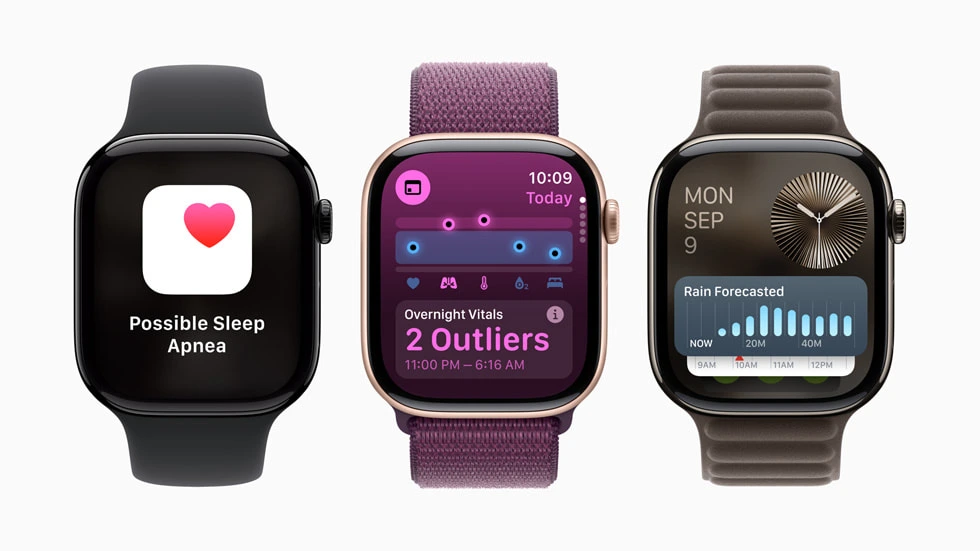
Another go-to is his Peloton bike, which he uses every morning before he heads to the studio to coach.
“There’s something powerful about hopping on the bike and knowing thousands of people are sweating it out with you in real time,” Solomon said. “I love the metrics because they help me see my progress in a way that’s motivating and honest. But it’s not just about numbers. The instructors and the community are next level, consistently bringing energy, heart, and real connection that makes every ride feel new.”
Solomon said the variety on the platform also keeps him consistent.
“Whether I need a high-intensity push, a recovery ride, or just a good stretch to reset, it’s all built in,” he said. “Peloton meets you where you are and pushes you to where you’re going.”
The third piece of his must-have tech is Whoop.
“It doesn’t just track what I’m doing in the gym, it gives me real insight into how my body is recovering, sleeping, and handling stress,” Solomon explained. “I’m not guessing anymore. With the new stress monitor, real-time HRV, and updated sleep coaching, I know when to push and when to pull back. It’s helped me train smarter, recover deeper, and stay ahead of burnout.
“Although the Apple Watch gives me good ‘day-to-day data,’ my Whoop is focused on more long-term trends, like (heart rate) fluctuation, sleep patterns and recovery time,” he said.
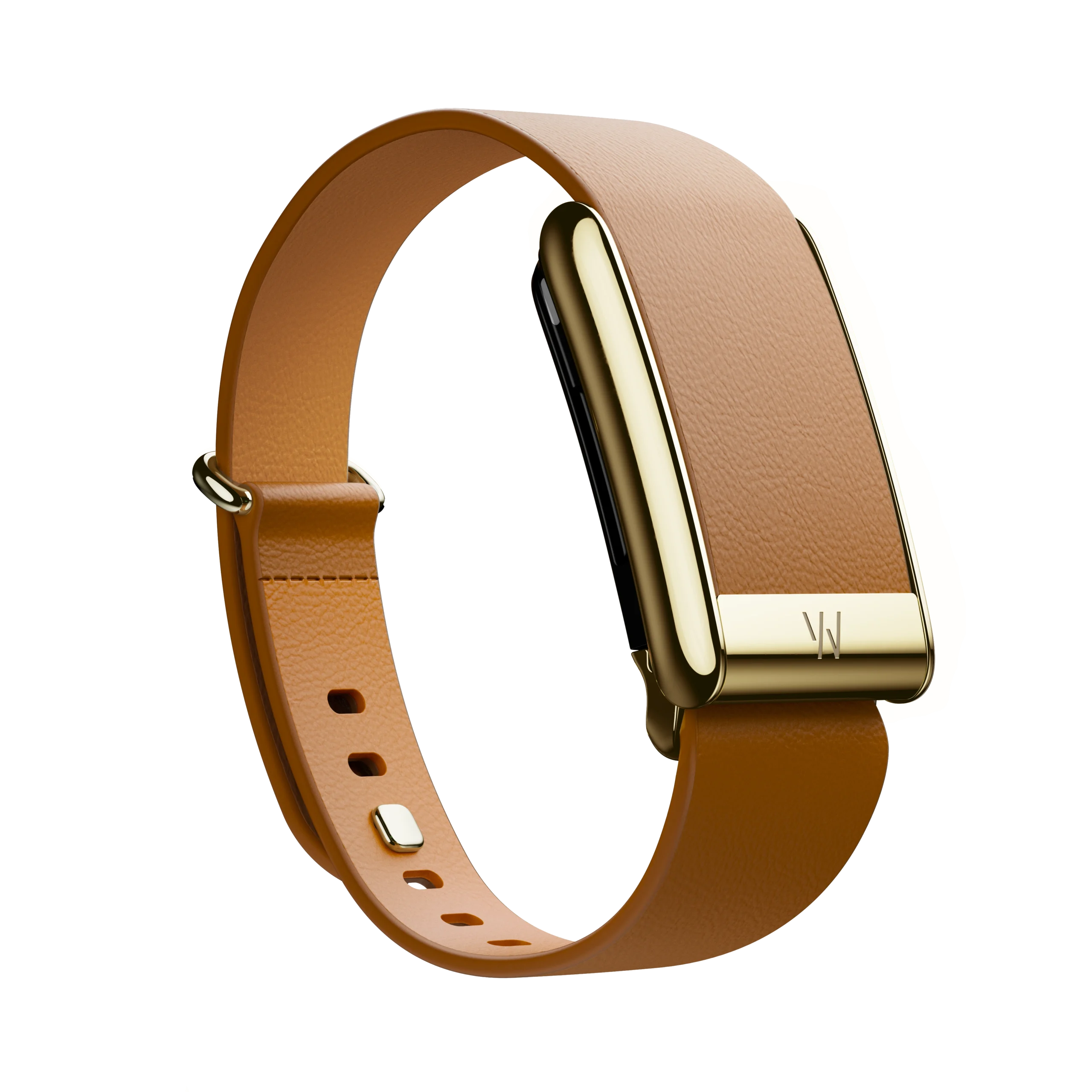
David Quintero, the founder and CEO at press release distribution platform NewswireJet, said he regularly works out at the gym and noted that the tech “I trust most at the gym keeps me accountable, not distracted.”
“I use Strong to track my lifts and progress, it’s clean, no fluff, and lets me focus on the workout instead of scrolling,” Quintero said. “For recovery and sleep, Whoop has been eye-opening. It doesn’t just track data, it’s helped me adjust training intensity based on recovery scores, which has actually improved consistency over time.”
“The sweet spot is tech that fits around your routine — not tech that becomes the routine,” he added.
Solomon summed up fitness technology in a simple and powerful way. He said it gives users an honest mirror.
“The numbers don’t lie, and they don’t sugarcoat,” the Barry’s instructor said. “They don’t cheer you on or make excuses; they just show the truth. For my clients, that kind of accountability can be powerful. It takes the emotion out of it and gives you real data to work with. Are you sleeping enough? Recovering properly? Actually hitting your intensity zones or just going through the motions? It’s all there in black and white. And once people start tracking that consistently, they stop guessing and start growing. It’s not about perfection. It’s about clarity.”
For inquiries and tips related to “The Stack,” please reach out to [email protected]


